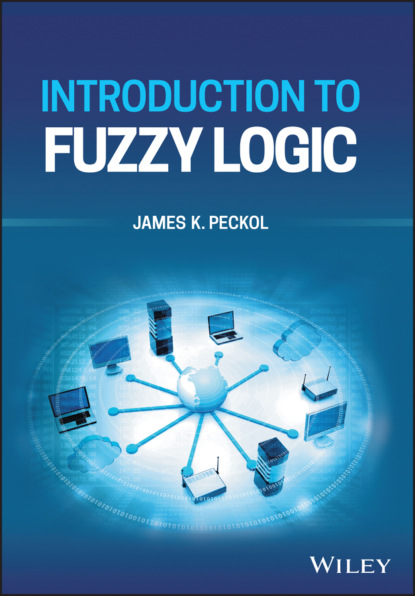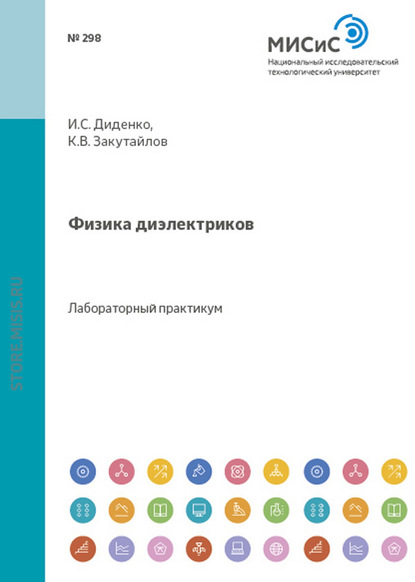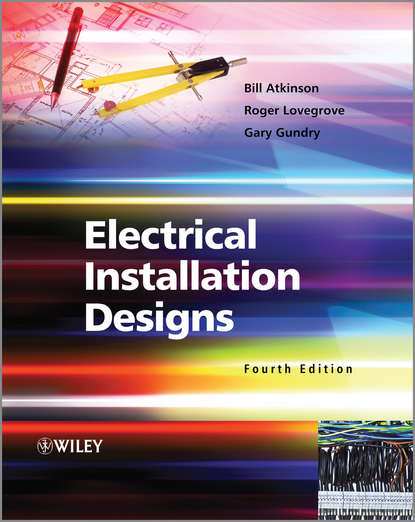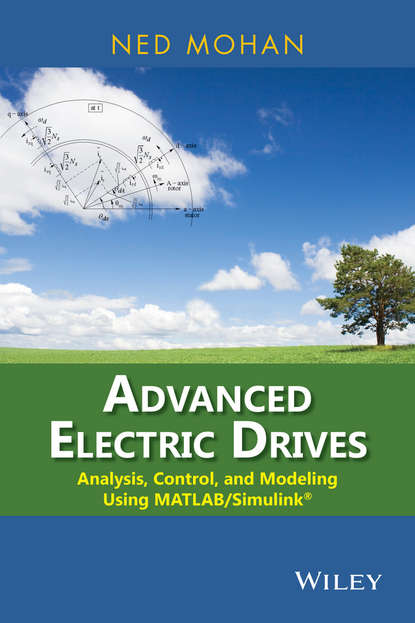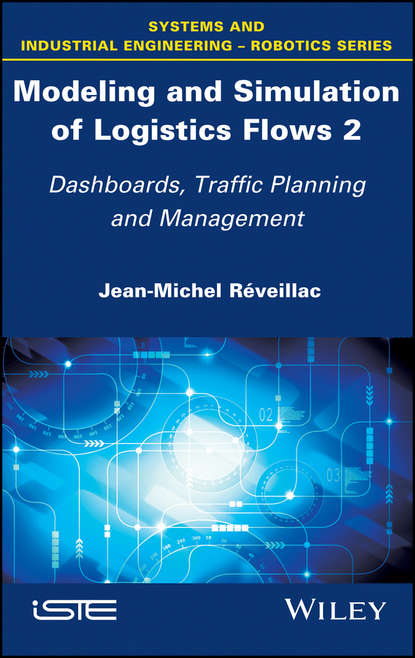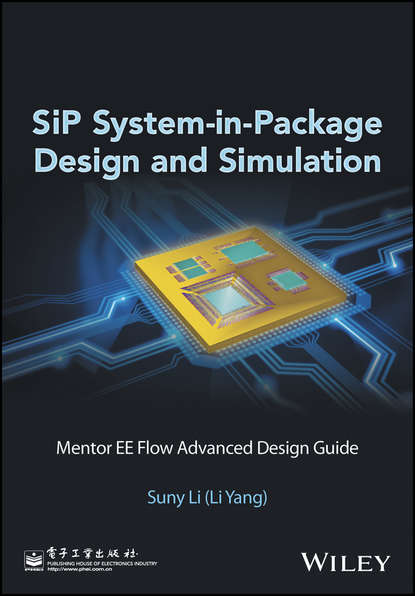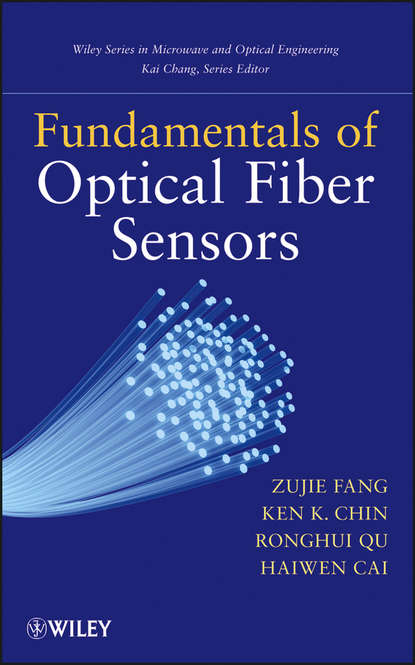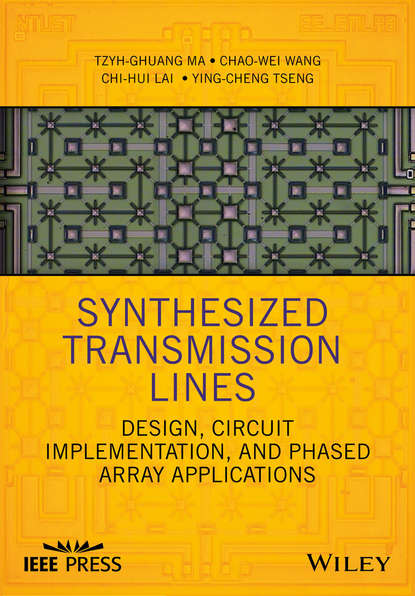Введение в нечеткую логику
Краткое описание Книга охватывает множество практических тем, включая разницу между четкой и нечеткой логикой, людей и профессионалов, которые находят нечеткую логику полезной, преимущества использования нечеткой логики. Автор предполагает наличие солидной основы в программировании встроенных систем, включает в себя базовую логику проектирования. Цель Целью данного пособия является представить высокий уровень ясности относительно быстро растущей области нечеткой логики и ее применения в различных областях общественной и промышленной жизни
Содержание 1. История и развитие нечеткой логики 2. Отличия между логической и нечетной логикой 3. Люди и профессионалы, которые используют нечеткую логику 4. Преимущества использования нечетких логик 5. Основные понятия и определения нечеткой логики (область интереса) 6. Основные понятия нечеткой логики: - Классическое представление предметов: - Логика эквивалентности; * - Классическое представление объектов - Что такое данные и их обработка * * - Классификация систем по типу доступа к знанию 7.
Электронная Книга «Introduction to Fuzzy Logic» написана автором James K. Peckol в году.
Минимальный возраст читателя: 0
Язык: Английский
ISBN: 9781119772637
Описание книги от James K. Peckol
INTRODUCTION TO FUZZY LOGIC Learn more about the history, foundations, and applications of fuzzy logic in this comprehensive resource by an academic leader Introduction to Fuzzy Logic delivers a high-level but accessible introduction to the rapidly growing and evolving field of fuzzy logic and its applications. Distinguished engineer, academic, and author James K. Peckol covers a wide variety of practical topics, including the differences between crisp and fuzzy logic, the people and professionals who find fuzzy logic useful, and the advantages of using fuzzy logic. While the book assumes a solid foundation in embedded systems, including basic logic design, and C/C++ programming, it is written in a practical and easy-to-read style that engages the reader and assists in learning and retention. The author includes introductions of threshold and perceptron logic to further enhance the applicability of the material contained within. After introducing readers to the topic with a brief description of the history and development of the field, Introduction to Fuzzy Logic goes on to discuss a wide variety of foundational and advanced topics, like: A review of Boolean algebra, including logic minimization with algebraic means and Karnaugh maps A discussion of crisp sets, including classic set membership, set theory and operations, and basic classical crisp set properties A discussion of fuzzy sets, including the foundations of fuzzy set logic, set membership functions, and fuzzy set properties An analysis of fuzzy inference and approximate reasoning, along with the concepts of containment and entailment and relations between fuzzy subsets Perfect for mid-level and upper-level undergraduate and graduate students in electrical, mechanical, and computer engineering courses, Introduction to Fuzzy Logic covers topics included in many artificial intelligence, computational intelligence, and soft computing courses. Math students and professionals in a wide variety of fields will also significantly benefit from the material covered in this book.
